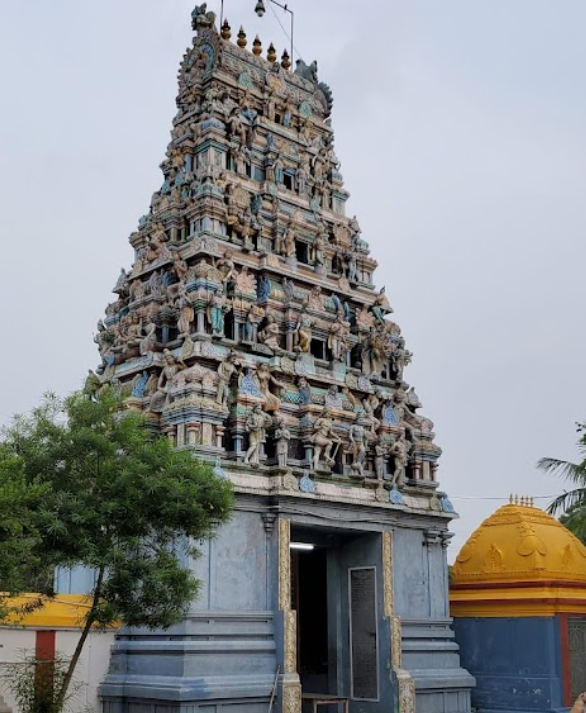The ground level on the northern side sank deeply due to the weight of the crowd gathered to witness the wedding of Lord Shiva and Mother Parvati. To balance the earth's level, Lord Shiva asked Sage Agasthya to travel south. Sage Agasthya implored the Lord that He should grant him the wedding darshan at any place he chooses. The sage was relaxing at Tirupalaivanam when Lord Shiva appeared in his dream and showed him this place. Lord Shiva granted not only His wedding darshan but also the Somaskanda darshan along with Lord Muruga. Agasthya prayed to the Lord that this divine darshan should remain available to all devotees. Lord Shiva, granting this boon to the sage, rose from here as a Swayambu Linga and assumed the name Shiva Nandi Eeswara.
Administration History :
The temple, originally constructed during the Pallava period (6th to 7th century), underwent significant reconstruction during the Chozha period, reflecting their architectural influence. Inscriptions from the Chozha, Pandya, and Vijayanagar eras attest to its rich history and patronage. Over time, renovations have been carried out, including the addition of structures like the sanctum walls, Gajaprista Vimana, Mukha Mandapa, and Parivara shrines in recent years. Currently, the temple is managed and maintained by the Hindu Religious and Charitable Endowments (HRCE) Department, ensuring its upkeep and the continuation of rituals and festivals.
